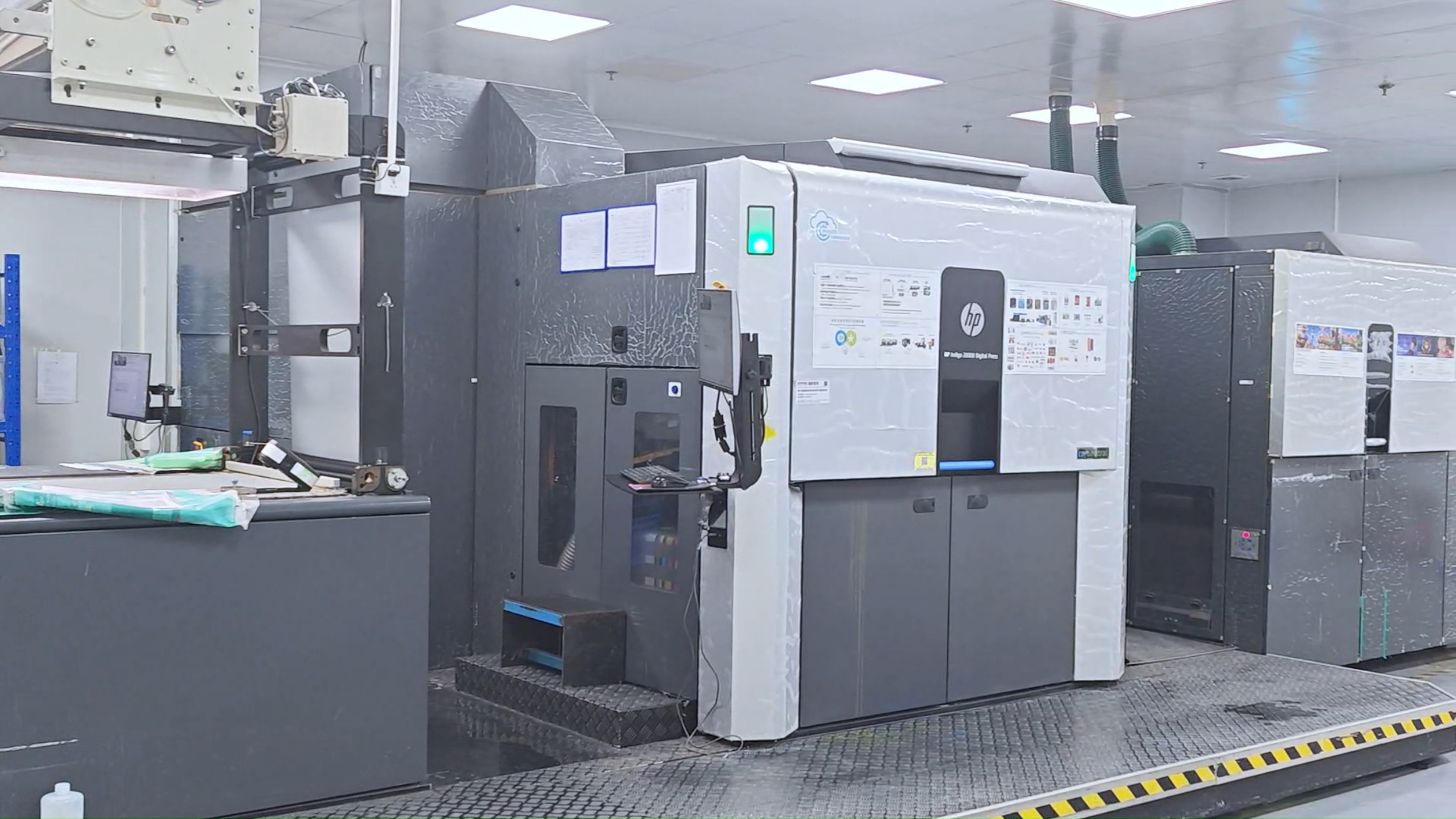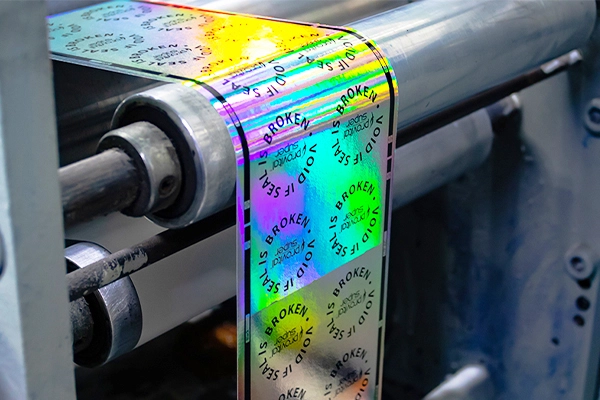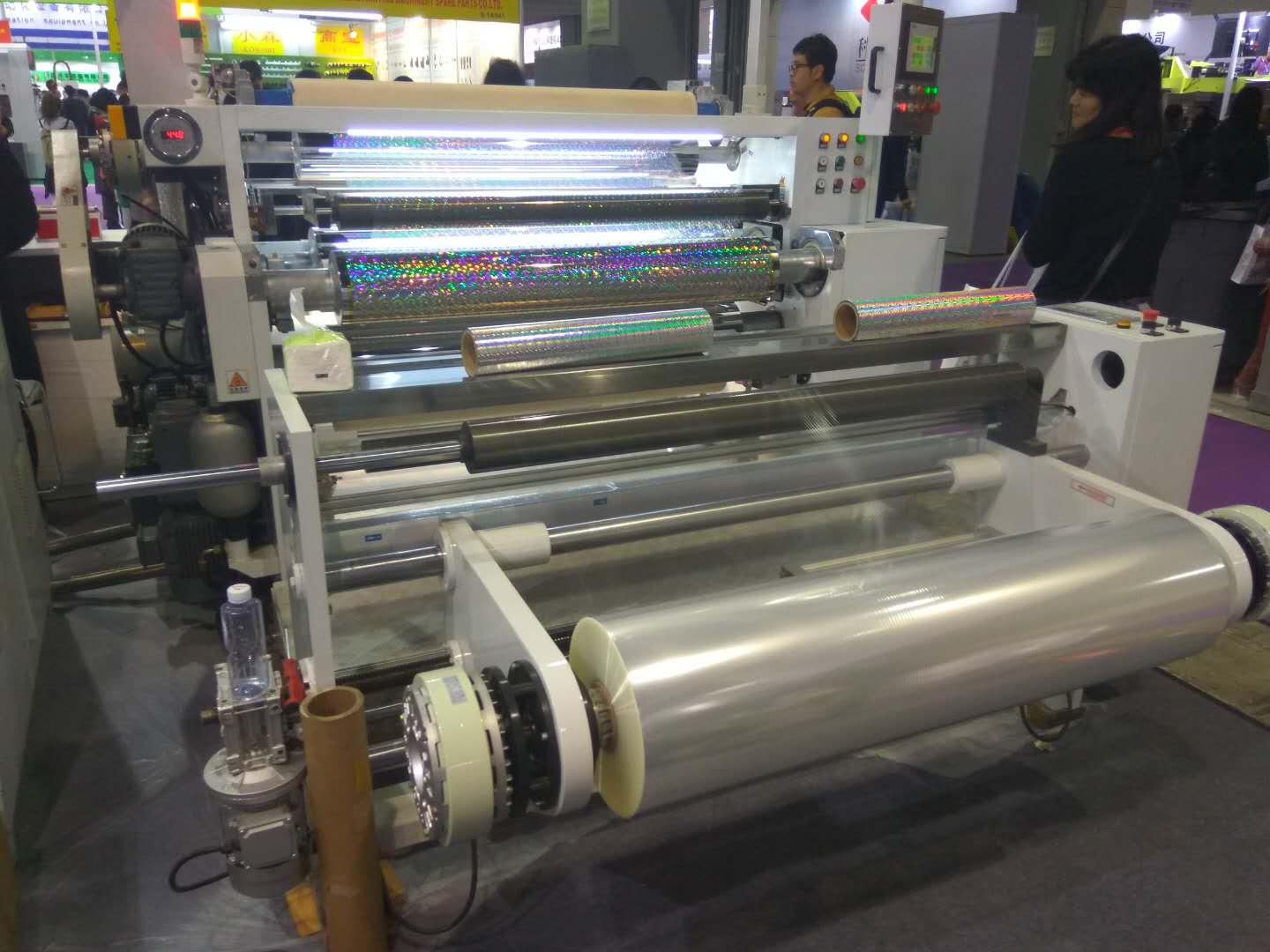In today’s global market, the prevalence of counterfeit goods poses a significant threat to both businesses and consumers. Understanding how to identify counterfeit packaging is crucial in safeguarding the integrity of products and maintaining consumer trust. This article aims to provide comprehensive insights and strategies to help you discern authentic packaging from counterfeits.

What is Counterfeit Packaging?
Counterfeit packaging refers to the imitation of genuine product packaging, often designed to deceive consumers into purchasing fake products. This issue not only affects the brand’s reputation but also poses potential health and safety risks to consumers.
Why is Identifying Counterfeit Packaging Important?
Identifying counterfeit packaging is vital for several reasons. It helps protect brand integrity, ensures consumer safety, and prevents financial losses. By learning how to spot fake packaging, businesses can maintain trust with their customers and uphold product quality.
Impact on Businesses
Counterfeiting can lead to significant financial losses and damage to a brand’s reputation. Companies invest heavily in brand building, and counterfeit products can undermine these efforts. Moreover, dealing with the fallout from counterfeit goods can be costly and time-consuming.
Consumer Safety Concerns
Counterfeit products can pose serious health and safety risks. For example, fake pharmaceuticals may contain harmful substances, while counterfeit electronics might not meet safety standards. Identifying counterfeit packaging is a crucial step in ensuring consumer protection.
Key Indicators of Counterfeit Packaging
There are several telltale signs that can help you identify counterfeit packaging. By paying close attention to these indicators, you can better protect yourself and your business from fraudulent products.
Poor Print Quality
One of the most common indicators of counterfeit packaging is poor print quality. Blurry images, inconsistent colors, and spelling errors are red flags that suggest the packaging may not be genuine.
Incorrect or Missing Information
Authentic packaging typically includes specific details such as barcodes, batch numbers, and manufacturing dates. If this information is missing or incorrect, it could indicate counterfeit packaging.
Unusual Packaging Materials
Counterfeiters often use cheaper materials to cut costs. If the packaging feels flimsy or different from what you are used to, it may be a counterfeit.
Technologies Used to Combat Counterfeit Packaging
To combat the issue of counterfeit packaging, businesses are increasingly relying on advanced technologies. These technologies help ensure product authenticity and protect both brands and consumers.
Serialization
Serialization involves assigning a unique code to each product unit, allowing for easy tracking and verification. This technology is widely used in the pharmaceutical industry to ensure product authenticity. More information on serialization compliance can be found here.
Holograms and Watermarks
Holograms and watermarks are widely used anti-counterfeiting measures. These features are difficult to replicate and provide a visual cue to help consumers identify authentic products.
RFID Technology
Radio-frequency identification (RFID) tags are embedded in packaging to provide a unique identifier for each product. This technology enables real-time tracking and verification, helping to prevent counterfeit goods from entering the market.
Best Practices for Identifying Counterfeit Packaging
While technology plays a significant role in combating counterfeit packaging, there are also several best practices that individuals and businesses can adopt to further protect themselves.
Educate Consumers
Educating consumers about the risks of counterfeit products and how to identify them is crucial. By raising awareness, businesses can empower consumers to make informed purchasing decisions.
Partner with Trusted Suppliers
Building strong relationships with trusted suppliers is essential in ensuring product authenticity. Conduct thorough due diligence on suppliers to verify their legitimacy and track record.
Regular Audits and Inspections
Conducting regular audits and inspections of your supply chain can help identify potential vulnerabilities and prevent counterfeit products from reaching the market.

FAQs on Identifying Counterfeit Packaging
What are the consequences of using counterfeit products?
Using counterfeit products can lead to health and safety risks, damage to brand reputation, and financial losses.
How can businesses protect themselves from counterfeit packaging?
Businesses can protect themselves by implementing advanced anti-counterfeiting technologies, educating consumers, and partnering with trusted suppliers.
What role do consumers play in combating counterfeit packaging?
Consumers play a crucial role by being vigilant and educated about the signs of counterfeit packaging, helping to prevent the circulation of fake goods.
For more information on the importance of anti-counterfeiting technologies, visit NanoMatrix Secure.
This article contains affiliate links. We may earn a commission at no extra cost to you.







